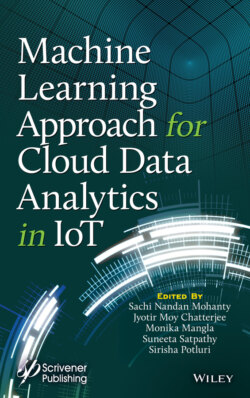Читать книгу Machine Learning Approach for Cloud Data Analytics in IoT - Группа авторов - Страница 75
2.5.6 Distributed Denial-of-Service
ОглавлениеA distributed denial-of-service (DDoS) attack can be enumerated as a malevolent attempt to disrupt the congestion within target server, amenity, or network by profusing the target and its neighboring architectural infrastructure with a rush of internet traffic.
A DDoS attack can be enumerated as an initiative toward attacked traffic.
From the greater level, a DDoS attack is just like a congestion, which can prohibit the regular accessibility within the desired destination that seeks an attacker to have authority of the network of the machines over the web to perform an attack.
Computer systems and various other machines (like IoT devices) are thrushed with malwares, making over each one into a zombie or bot. The attacking host has the overall control over the group of zombies or bots, which is termed as botnet. Once a botnet has been set up, the attacking agent is capable of directing the machines by passing the latest instruction to each bot directed by a method similar to that of a remote control. At the same time, if the IP address of a victim is on target reflected by the botnet, each bot will reciprocate by prolifering the requests to the targets, thereby causing the target server to potentially overflow requests to the targets, leading denial of service to normal traffic. This is all because each particular bot is a legitimate internet instrument in which disintegrating attack traffic from normal traffic becomes difficult approach [27].
